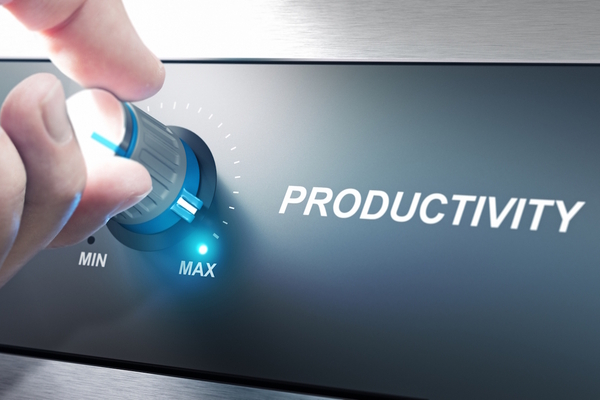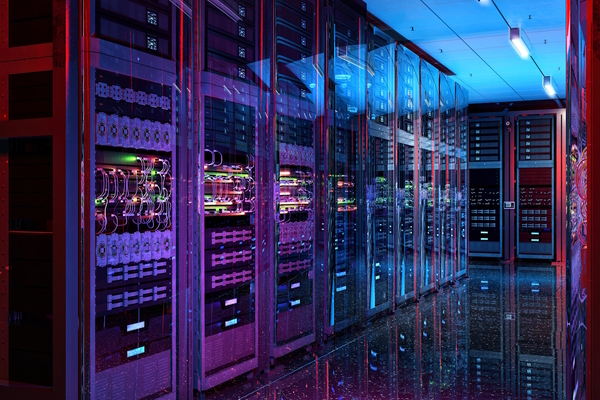How trusted digital twins can unlock UK sustainability efforts

Kevin Macnish at Sopra Steria argues that the true value of digital twins technology will never be unlocked without the willing involvement of the public
Sustainability has been on the public agenda for years with comparatively little progress being made given the risks. The COP26 conference which took place towards the end of last year, and the introduction of sustainability goals by the UK government to be met by 2030, though, have pushed the topic to the top of the corporate and government agenda.
Despite increased effort and interest in sustainability, with solutions such as alternative energy, and the restoration of peatlands in agriculture having seen increased investment, experts are still warning that the UK’s current plans may fall short of reaching key climate goals.
While there is no silver bullet to the sustainability issues we’re currently facing, technology, particularly digital twin, has already played a vital role in helping reduce emissions. Digital twins can create sustainability value across a diverse and expansive range of applications and contexts, and when it comes to sustainability efforts they’re already helping reduce the greenhouse gas emissions and carbon footprint of buildings by up to 50%, and can lower emissions across entire road networks.
But there is much more this solution can achieve as the UK aims to meet ambitious net-zero targets by 2030, not least the prioritising of collecting and using environmental data across the UK.
What is a digital twin?
By definition, a digital twin is a virtual replica of a real-world entity such as an asset, product, process, or environment. This means you can model and monitor performance, such as carbon embodiments and other potential toxic substances and situations, and then simulate ‘what if’ scenarios on how to counter them. In the real world, this could be applied to anything, for example, helping to reduce power plant emissions.
Digital twins sit upon a foundation of data, both historic and real-time, with many organisations already able to demonstrate the value which can be derived by these application.
This includes retail: French supermarket chain Intermarché created a digital version of one of its physical stores to remotely manage inventory and test the effectiveness of store layouts. Banking is another example, where digital twins can help banks calculate potential risks such as changes in interest rates, and pre-empt their response accordingly.
Sustainability and digital twins
Digital twins can have a significant impact on the UK agenda to reach net-zero by 2030. However, to do so they must themselves be sustainable. To have a chance at any lasting impact, digital twin technology must be able to do the work required of it, and must be accepted by the people responsible for, and affected by, this work.
This can be looked at in terms of trust. For example, it makes sense for an individual to trust that if a brick were dropped on their foot, it would hurt. It does not make sense that the individual would trust the dropped brick not to fall. Deciding whether to fall is not something bricks do. At the same time, it makes sense for an individual to trust that someone would not drop the brick on their foot, as it would cause pain and be wrong.
The first use of trust here refers to competence (when the final outcome shares a relationship with reasonable expectations). The second use of trust refers to ethics (a person should act ethically). When it comes to addressing societal concerns, though, both senses of trust are important.
It is obvious if a technological solution, such as a digital twin, does not work, it will not be trusted to do the job. For that reason, excellence is required in developing quality digital twins. Alongside this, but perhaps less obvious, is that if a digital twin is not trusted to act in people’s best interests, it will not be trusted to do the job.
If the public reject this technology, the true value of digital twins will never be realised, something which will be detrimental to society and the environment.
If this is true for digital twins, it is more so for the National Digital Twin programme. An initiative started by the government in 2018, the project serves to set the framework which will empower change and help organisations embrace connected digital twin technology.
Digital twins though, risk carrying an aura of mass surveillance when applied to people, and of stealing intellectual property when applied to assets. People will challenge the use of digital twins and companies may not be comfortable with sharing precious data as a result. Without trust, any attempt to create a digital twin is doomed to failure.
Digital twins can, and should, have a radical impact on sustainability should the technology itself also be sustainable and trusted. But, this won’t happen without the willing involvement of the public. There is no quick fix to this – the road to compatible digital twin technology across the UK will be a gradual process which will involve learning as we go.
The more people get behind the potential of digital twins as serving society, and the more organisations are willing to share their data, the more likely we can use this innovative solution to support the UK’s sustainability goals.
Kevin Macnish is Digital Ethics Consulting Manager at Sopra Steria
Main image courtesy of iStockPhoto.com

Business Reporter Team
You may also like
Most Viewed
Winston House, 3rd Floor, Units 306-309, 2-4 Dollis Park, London, N3 1HF
23-29 Hendon Lane, London, N3 1RT
020 8349 4363
© 2025, Lyonsdown Limited. Business Reporter® is a registered trademark of Lyonsdown Ltd. VAT registration number: 830519543





